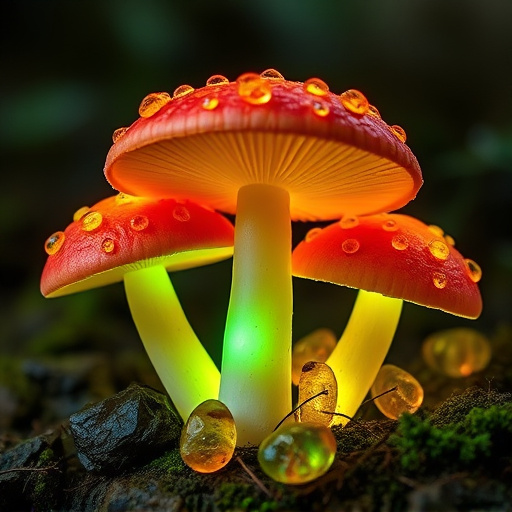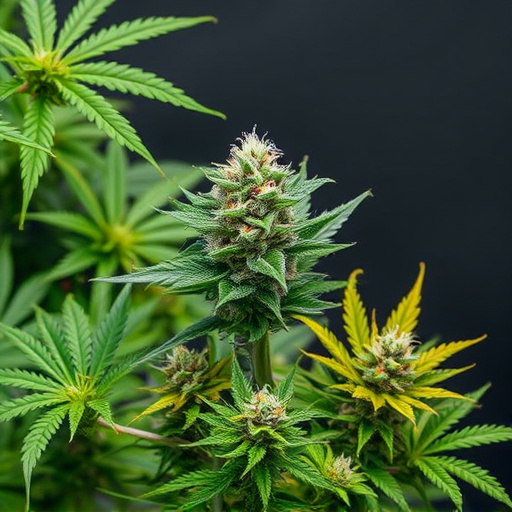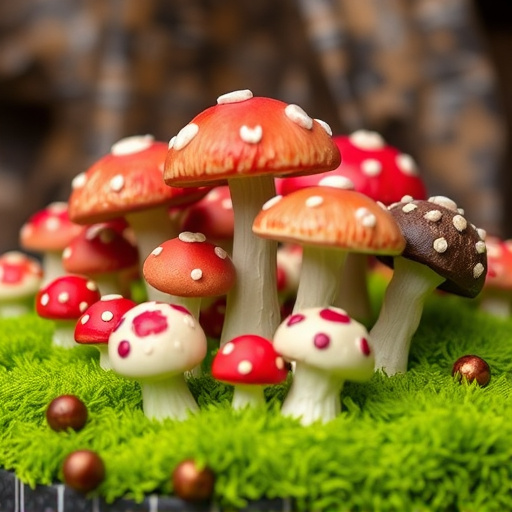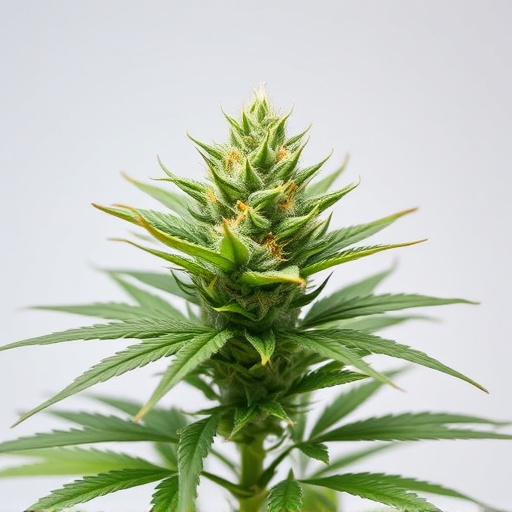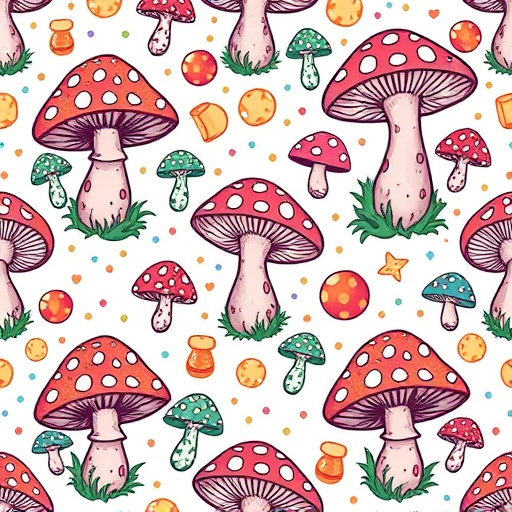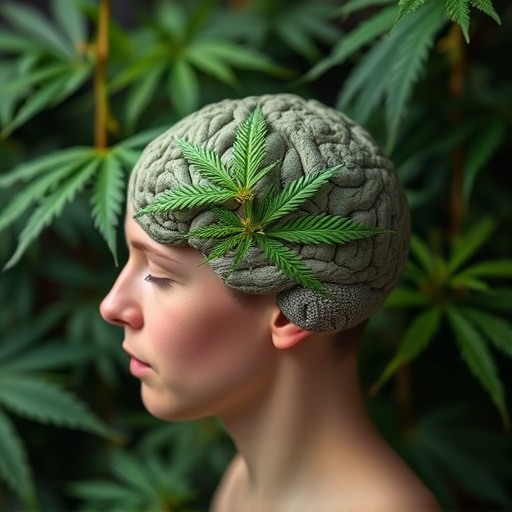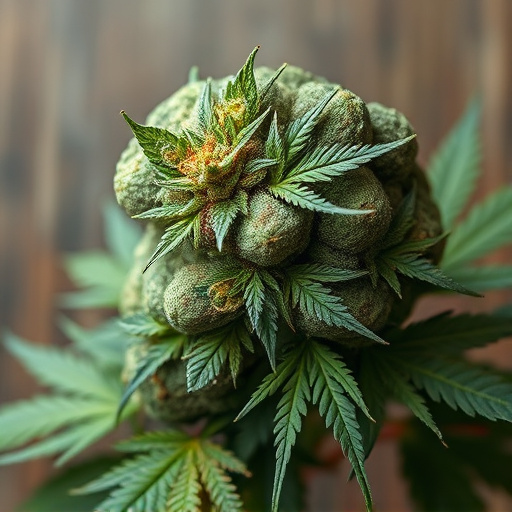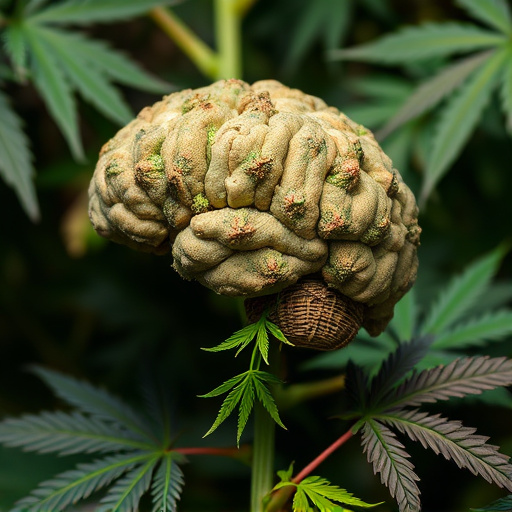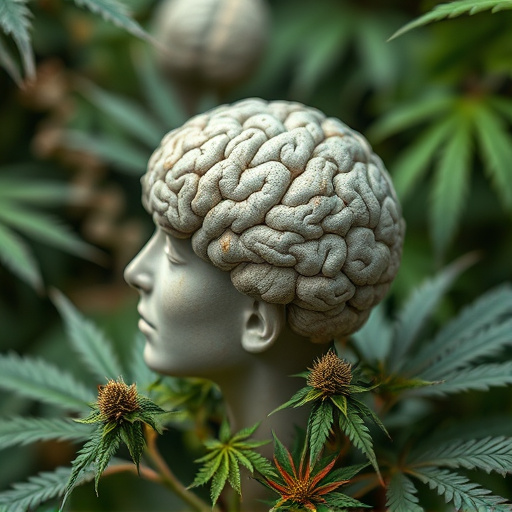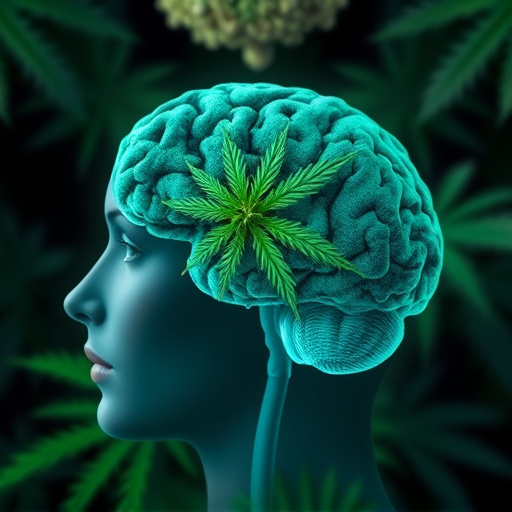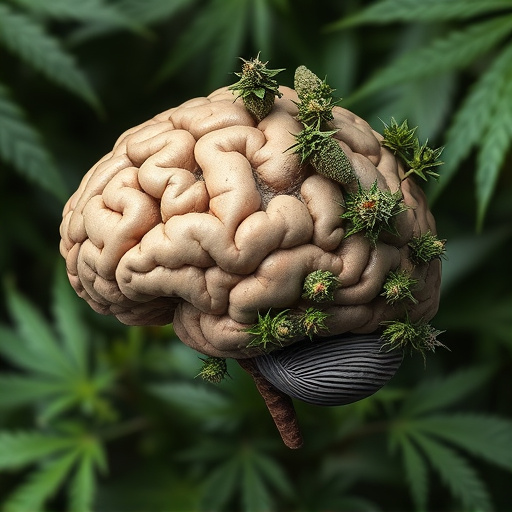Cannabis potency, driven by cannabinoid levels like THC and CBD, influences its effects and potential medical benefits. High-THC strains offer psychoactive experiences, while CBD-rich strains provide therapeutic advantages without intoxication. Balanced THC/CBD strains can alleviate epilepsy symptoms by interacting with the body's endocannabinoid system. Optimizing growing conditions, such as lighting, temperature, and humidity, increases potency. Specific cannabis strains like Granddaddy Purple and Charlotte's Web are renowned for their anti-epileptic effects, offering natural alternatives for effective epilepsy management.
Unleash the full potential of your cannabis plants and discover how to enhance their flower potency. This comprehensive guide takes you on a journey through the science behind cannabis, focusing on its relationship with strains and environmental factors. Learn the secrets to optimizing conditions for superior yields.
We explore specific cannabis strains renowned for their epilepsy-relieving properties, offering hope and relief for those in need. Get ready to transform your garden into a powerhouse of potent cannabis flowers.
- Understanding Cannabis Potency and Its Relationship with Strains
- Optimizing Conditions for High-Potency Flower Production
- Exploring Cannabis Strains Known for Their Epilepsy-Relieving Properties
Understanding Cannabis Potency and Its Relationship with Strains
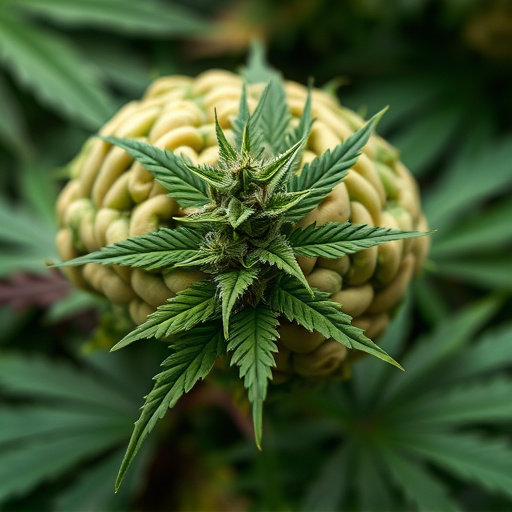
Cannabis potency refers to the concentration of cannabinoids, particularly THC (tetrahydrocannabinol) and CBD (cannabidiol), in a plant or product. It’s a measure of how strong or potent the cannabis is, which can greatly influence its effects on users. The relationship between cannabis potency and strains is complex; different strains have varying levels of these cannabinoids, leading to diverse experiences and potential medical benefits.
For example, cannabis strains known for high THC content are often sought after for their potent psychoactive effects, while CBD-rich strains are popular among those looking for potential therapeutic advantages without the intoxicating high. When it comes to conditions like epilepsy, some studies suggest that specific cannabis strains—especially those with balanced THC and CBD profiles—may offer relief by interacting with the body’s endocannabinoid system. This highlights the importance of understanding potency and choosing suitable cannabis strains for individual needs, whether for recreational use or medicinal purposes like managing symptoms associated with certain health conditions.
Optimizing Conditions for High-Potency Flower Production
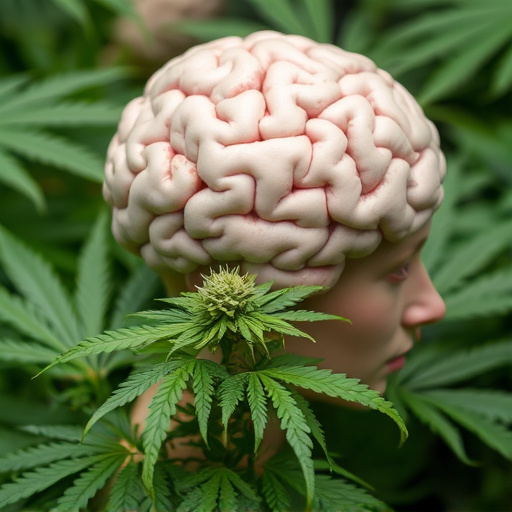
To achieve high-potency flower production, optimizing growing conditions is key. Cannabis plants are highly sensitive to their environment, and making adjustments can significantly impact final yields and cannabinoid profiles. For instance, controlling lighting plays a crucial role; many cannabis strains for epilepsy thrive under 24 hours of light per day during the vegetative phase, promoting robust growth and maximizing cannabinoid production.
Temperature regulation is another vital factor. Most plants prefer a cool to moderate temperature range, typically between 65-75°F (18-24°C), for optimal growth and development. Maintaining consistent humidity levels is also essential, as it influences both the plant’s health and cannabinoid synthesis. High humidity can prevent flower degradation, while moderate levels encourage potent terpene production, enhancing the overall therapeutic potential of cannabis strains for epilepsy.
Exploring Cannabis Strains Known for Their Epilepsy-Relieving Properties
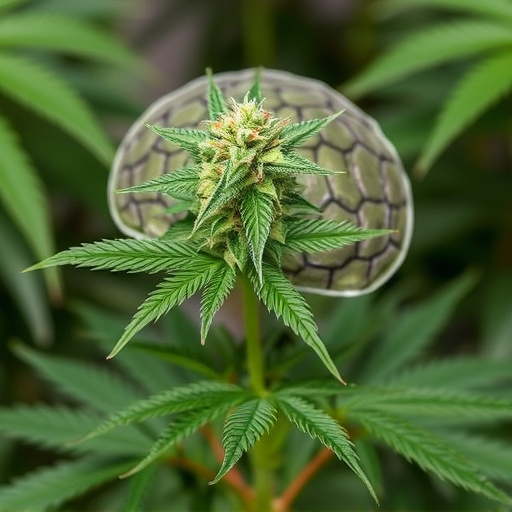
Cannabis has gained significant attention for its potential therapeutic effects, and one notable area of interest is its ability to alleviate symptoms associated with epilepsy. Exploring cannabis strains known for their epilepsy-relieving properties can be a game-changer for those seeking natural alternatives for managing this condition.
Certain cannabis strains have been extensively studied for their anti-seizure properties. Research suggests that specific cannabinoids present in these strains, such as CBD (Cannabidiol) and THC (Tetrahydrocannabinol), play a crucial role in reducing seizure frequency and intensity. For example, high-CBD strains like Granddaddy Purple or Charlotte’s Web are renowned for their potent anti-epileptic effects without the psychoactive properties associated with THC. Understanding the unique profiles of these cannabis strains can help patients make informed decisions to manage their epilepsy effectively.
In increasing cannabis flower potency, understanding strain relationships and optimizing growing conditions are key. This article has delved into these aspects, highlighting specific cannabis strains known for their potent epileptic relief properties. By mastering cultivation techniques and selecting the right strains, growers can produce high-quality, potent flowers that offer significant therapeutic benefits. Remember that the right approach can lead to a vibrant tapestry of effective cannabis products.
